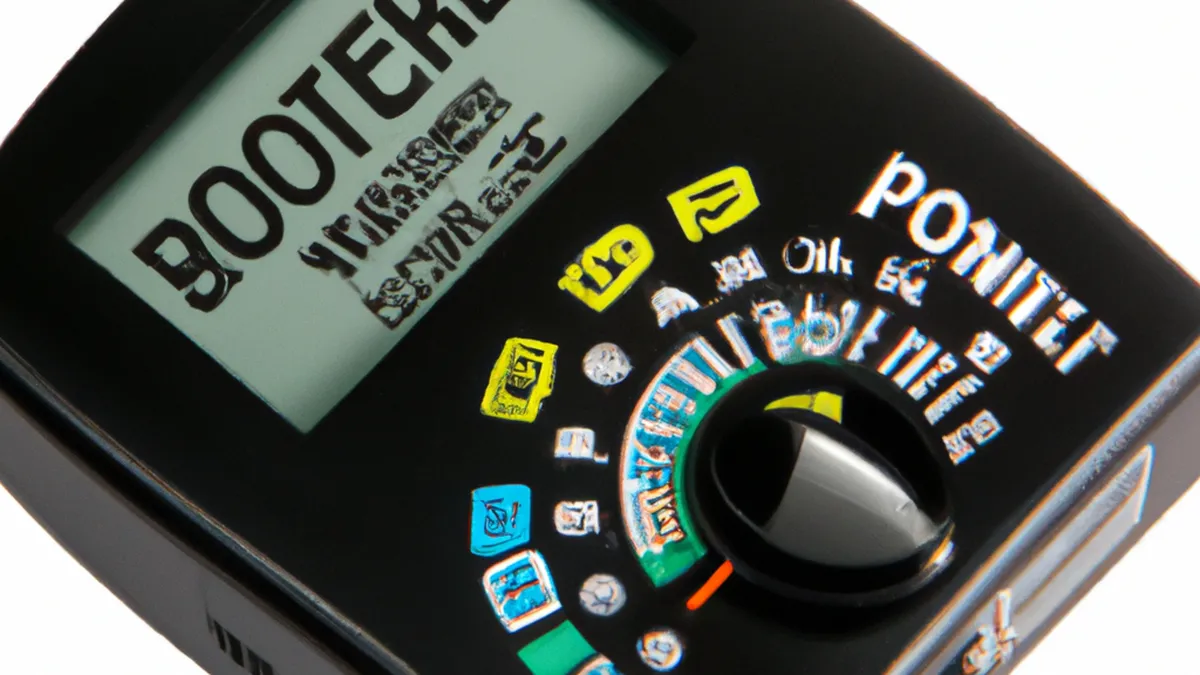Decoding Power Meter Readings via Cadence
Evaluating the Impact of Cycling Cadence on Power Meter Readings
Cycling involves optimizing performance through various factors. Cadence, or pedaling rate, plays a crucial role in cycling performance. Understanding cadence’s effect on power meter readings helps cyclists enhance training and racing strategies. This post explores the relationship between cadence and power output, offering actionable tips for cyclists at all levels.
Understanding Cadence and Power
Cadence measures in revolutions per minute (RPM). A higher cadence indicates faster pedaling; a lower cadence denotes slower pedaling. Power meters measure power output in watts, reflecting your effort on the bike.
Changing your cadence often alters your power output. For example, a higher cadence usually decreases torque, while a lower cadence increases torque but lowers RPM. This interplay significantly affects power meter readings.
The Relationship Between Cadence and Power Output
Research shows optimal cadence varies among cyclists. Some cyclists excel at 80-90 RPM, while others perform better at 60-70 RPM. Higher power readings do not always correlate with higher cadence; efficiency plays a critical role.
For instance, a cyclist at a low cadence may produce more power but fatigue quickly. Conversely, a cyclist with a higher cadence can maintain consistent power without excessive strain. Balancing these factors is crucial for endurance rides and competitive racing.
Tips for Evaluating Cadence Impact on Power
1. **Experiment with Different Cadences**: During training, vary your cadence. Spend time at both high and low cadences, tracking power output changes.
2. **Use a Structured Training Plan**: Incorporate cadence drills into your training. Include intervals focusing solely on maintaining a specific cadence.
3. **Monitor Your Heart Rate**: Pay attention to your heart rate alongside power meter readings. This combination reveals how your body responds to different cadences.
4. **Analyze Your Data**: After each ride, analyze your power meter data. Look for performance trends based on cadence to understand your optimal range.
Advice for Optimizing Cadence
To optimize your cadence, implement these strategies:
1. **Focus on Technique**: Good pedaling technique maximizes power output. Engage your entire leg for smooth pedal strokes.
2. **Increase Cadence Gradually**: Raise your cadence gradually to avoid fatigue or injury. Increase your cadence by just a few RPM at a time.
3. **Use Gearing Wisely**: Understand your bike’s gearing. A lower gear helps maintain a higher cadence on climbs. Higher gears may force a lower cadence.
4. **Incorporate Strength Training**: Strength training improves overall cycling efficiency. Stronger muscles manage higher cadences while maintaining power output.
Benefits of Monitoring Cadence and Power
Understanding cadence and power offers several benefits:
1. **Improved Performance**: Finding your optimal cadence enhances overall cycling performance, resulting in faster times and better endurance.
2. **Injury Prevention**: Monitoring cadence prevents injuries. A low cadence often causes excessive strain on muscles and joints.
3. **Better Training Adaptation**: Consistent monitoring allows you to adapt training to your body’s responses, improving effectiveness and recovery.
4. **Enhanced Race Strategy**: Knowing how cadence impacts power output helps you strategize during races. Adjust your pacing based on power meter readings for better outcomes.
Conclusion
Evaluating cycling cadence’s impact on power meter readings is essential for every cyclist. Understanding this relationship optimizes performance, enhances training, and minimizes injury risk. Utilize the provided tips to find your ideal cadence and improve power output. Remember, cycling is a journey of continuous improvement. By monitoring cadence and power, unlock new performance levels and achieve your cycling goals. Happy riding!
Below are related products based on this post:
FAQ
What is cadence and how does it affect cycling performance?
Cadence, measured in revolutions per minute (RPM), refers to the rate at which a cyclist pedals. It significantly impacts cycling performance, as varying cadence can alter power output. A higher cadence typically reduces torque while a lower cadence increases torque, affecting how much power is produced and how efficiently a cyclist can maintain that power.
How can I find my optimal cadence for cycling?
To find your optimal cadence, experiment with different pedaling rates during training sessions. Spend time at both high and low cadences while tracking your power output. Additionally, use structured training plans that include cadence drills and monitor your heart rate alongside power readings to assess how your body responds to different cadences.
What are the benefits of monitoring cadence and power during cycling?
Monitoring cadence and power provides several benefits, including improved performance through finding your optimal cadence, injury prevention by reducing strain on muscles and joints, better training adaptation by tailoring workouts to your body’s responses, and enhanced race strategy by allowing you to adjust pacing based on power meter readings for better outcomes.















Post Comment